Corsair, a name we know all to well in the DRAM market. Well, today is no different with their release of the new DDR5 Dominator Titanium line. A line being touted as "Extremely Rare & Meticulously Crafted", we felt very privileged when Corsair was kind enough to send us along a 64GB Kit clocked at 6000MT/s (EXPO). Let's crack into this and see what we find.

In September, Team Group released a new product line that’s targeted at creators. You might be used to seeing T-Force branded items from Team Group, but their new line is T-Create. They are marketing this line to content creators and creative professionals, but what exactly does that mean? Follow along and we’ll give you a product tour with performance overclocking and attempt to answer that question for you.
Specifications
The new T-Create product family consists of a 2.5″ internal SSD and DDR4 desktop memory. The memory line goes by the moniker T-Create Classic 10L and consists of 6 different build configurations. Team Group is marketing the memory for creators, as such, we expect to see large kit capacities available, and we do. In the table below is the entire T-Create Classic 10L product line, including the large 2x32GB kits.
Unlike basic computer tasks such as web browsing, content creators can actually utilize substantial system memory. Editing 8K video for instance can utilize 64 GB of memory. What separates gaming memory from productivity memory, is the timings and rated speed. Games typically don’t utilize all of the system memory for extended periods of time, but that’s exactly what professionals do with creative workstations. Because of the endurance required, workstation memory needs to be focused on reliability and not raw speed.
The T-Create Classic series of memory does not use the popular XMP profile for frequency and timings. Instead, it implements the full JEDEC memory standard, which the motherboard automatically detects and applies. There is no need to activate the memory profile in the bios, simply installing the memory and powering up the computer, users will find it’s already configured.
Today we’re reviewing the 3200 MHz CL22-22-22 kit in the 2 x 32GB kit configuration. The retail price point is $216.99 at popular sites such as Amazon and Newegg. In the table below are the particular details of our review sample.
Quick Features
- Unbeatable classic with eye-catching features
- 10 layers circuits design with professional anti-noise feature
- Customized high-temperature resistant capacitor
- Outstanding multitasking ability
- The Lifetime warranty offers you peace of mind when creating
- Source credit: Team Group
PCB Layout and IC
As the Thaiphoon Burner screenshot shows, this specific kit of memory is composed Hynix memory ICs. As we outlined above, this memory does not include an XMP profile, and THaiphoon Burner reiterates this fact.
This memory uses a total of 8 IC’s, which are located on two sides. The Thaiphoon Burner screenshot lists the PCB as B2 style and 8-layers, we have visually verified that the PCB design does follow the B2 style. However, we know from the Team Group marketing that this PCB is in fact 10 layers, so the Thaiphoon Burner SPD reading is in fact wrong for this detail.
Packaging and Product Overview
Being a budget-oriented JEDEC based kit, we expected the T-Create series to ship in a plastic clamshell retail package that we often see on lower-end products. However, we are pleasantly surprised to see that the memory is safely tucked away in a full-color box. Obviously, it’s not the most extravagant packaging, but given the nature of this kit, we are happy to see this attention to detail. Printed on the box are all the useful bits of information relevant to this memory.
Inside the box, you get a small manual and a case badge sticker.
Out of the box, we get our first hands-on experience. The heat sink is stamped aluminum with a detailed profile to give it some style. The modest fin and angular design give the heat sink more surface area for cooling and at the same time offer a unique style. The overall footprint is very small and compact. Where space is limited, such as an mATX or SFF build, the T-Create Classic would be an excellent choice.
The actual aluminum thickness is about 1mm, and the total weight of one memory module is xx grams. Click on any of the pictures below to see full resolution.
Installed Memory
Testing and Overclocking
The overall objective is to test the memory from the perspective of daily usage. We want to know how the memory performance, and how it overclocks without getting into crazy voltage levels. Which is to say that we will stay under the maximum allowable voltage of 1.50 V, as indicated in the XMP 2.0 official specification.
Please refer to the table below for the specific details of our test rig.
As is the case with all overclocking adventures, your results may vary, so proceed only if you assume all risk.
JEDEC ~ All Auto Bios 3200 MHz CL22-22-22-52, 1.20 V
When it comes to JEDEC rated memory they are designed to work across all platforms and motherboards. It’s a forgone conclusion that they will work out of the box, but we’ve confirmed that they do indeed automatically apply the frequency and timings without ever entering the bios. This is a particularly nice feature for beginners or amateur builders who are intimidated by the bios and applying memory XMP profiles.
Overclock 1 – 3600 MHz CL18-20-20-42 + Improved Sub-Timings, 1.35 V
Given that the memory is 64 GB, dual rank, and a lower end JEDEC supported kit, we didn’t have high hopes for serious overclocking. That said we achieved a surprising 3600 CL18 memory profile at the very low voltage of 1.35 V. Furthermore, we were able to improve the sub-timings in an effort to increase the overall benchmark efficiency. In the section below we’ll compare this overclocked profile to the JEDEC profile.
Benchmark Results
We were able to accomplish a modest but substantial overclock in terms of frequency and timings. How did this affect the overall system performance? IN the graphs below, we compare the stock profile to our overclocked profile across three different benchmark suites.
AIDA64
Geekbench 4 Multi-Core
Si Software Sandra
Comparison Results
We’ve seen how the memory compares against itself for overclocking, but now we’d like to show you how the T-Create Classic performs against other memory modules. All of the results below were generated with the factory profile enabled and overclocking profiles were not included.
AIDA64 XMP/JEDEC Comparison
Geedbench 4 XMP/JEDEC Comparison
Conclusion & Result Analysis
Overall we are happy with the T-Create Classic 10L memory. We appreciate the fact that it utilizes the JEDEC standard and doesn’t rely on XMP 2.0 overclocking profiles. Installation and setup was a breeze, so it’s the perfect kit for beginners who don’t want to bother with the motherboard bios. With a stamped aluminum heat sink, the T-Create is cool under pressure and serves to add a bit of flair to your build too.
As performance and overclocking go we were pleasantly surprised. At this point, we shouldn’t need to clarify that this memory not intended for overclocking, and it also not intended to be a speedy gamer kit. That said, we were able to squeeze out a respectable low-voltage overclocked profile, which produced an excellent performance boost over the rated JEDEC profile.
When it comes to the comparison graphs, we have a shocking result that needs some explanation. First up is the AIDA64 comparison, the results land exactly where we expected them to. We know that the AIDA64 scores are predominantly based on DRAM frequency, so it’s fitting that the T-Create kit is near the bottom. However, when it comes to Geekbench 4, our humble T-Create kit smashed all of the competition, including some high-tier B-Die kits. Why exactly did the slower memory dominate all of the competition? The answer lies in the kit density. All of the kits compared are 2x8GB, except for the T-Create 2x32GB kit. This test shows the performance advantage of a large-capacity memory kit.
In terms of price point and value, you can get the T-Create Classic on Newegg for $216.99. The current market for 2x32GB 3200 MHz memory runs between $192.99 and $344.99, which includes everything from naked memory modules to high-end RGB modules. Our review kit lands in the middle of the field when it comes to non-RGB, budget-oriented kits. Given the performance and overclocking capabilities we observed, we’d have no problem recommending this kit to all computer users, not just content creators and workstation professionals.

Want to discuss this product or give your views and feedback from your own usage? Discuss on the ExtremeHW Forums
Like our content? Please consider Donating to help us to continue our writing.
This Post Has 21 Comments
Leave a Reply
You must be logged in to post a comment.




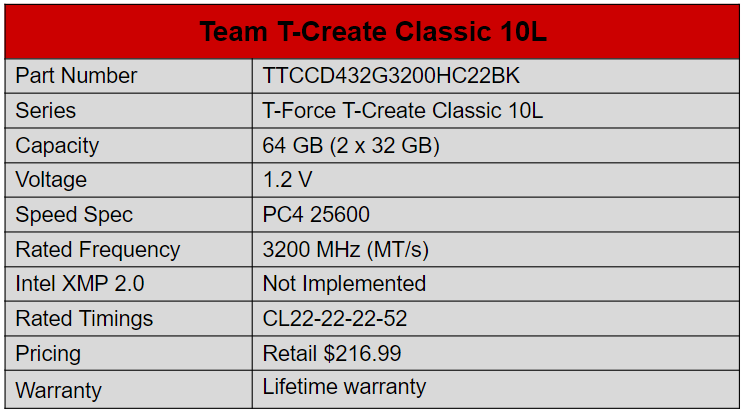
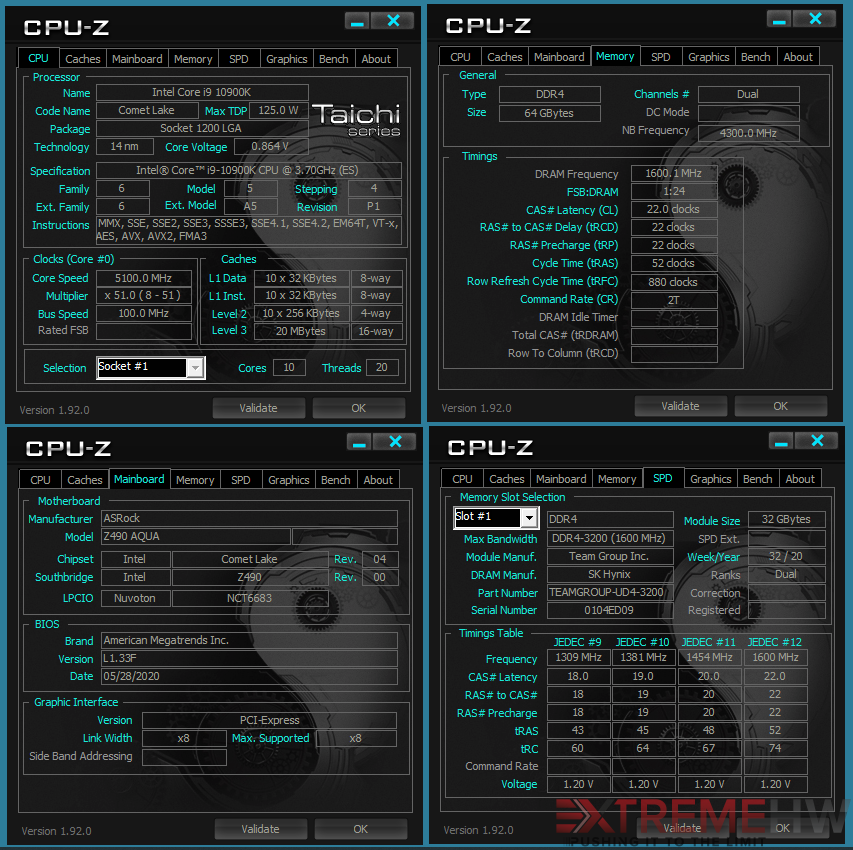
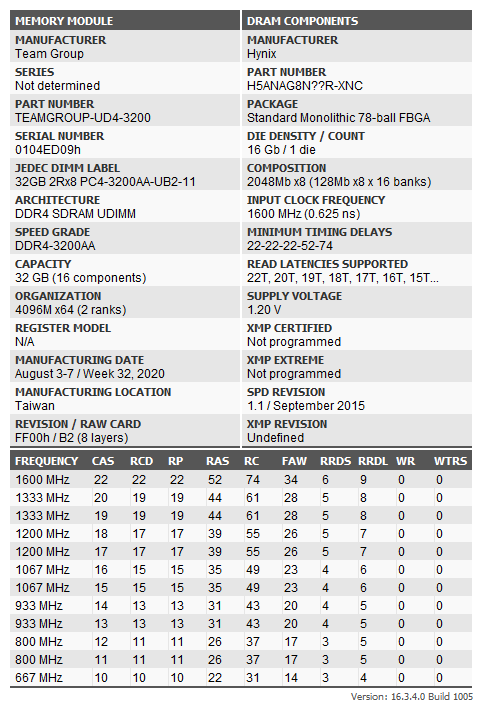
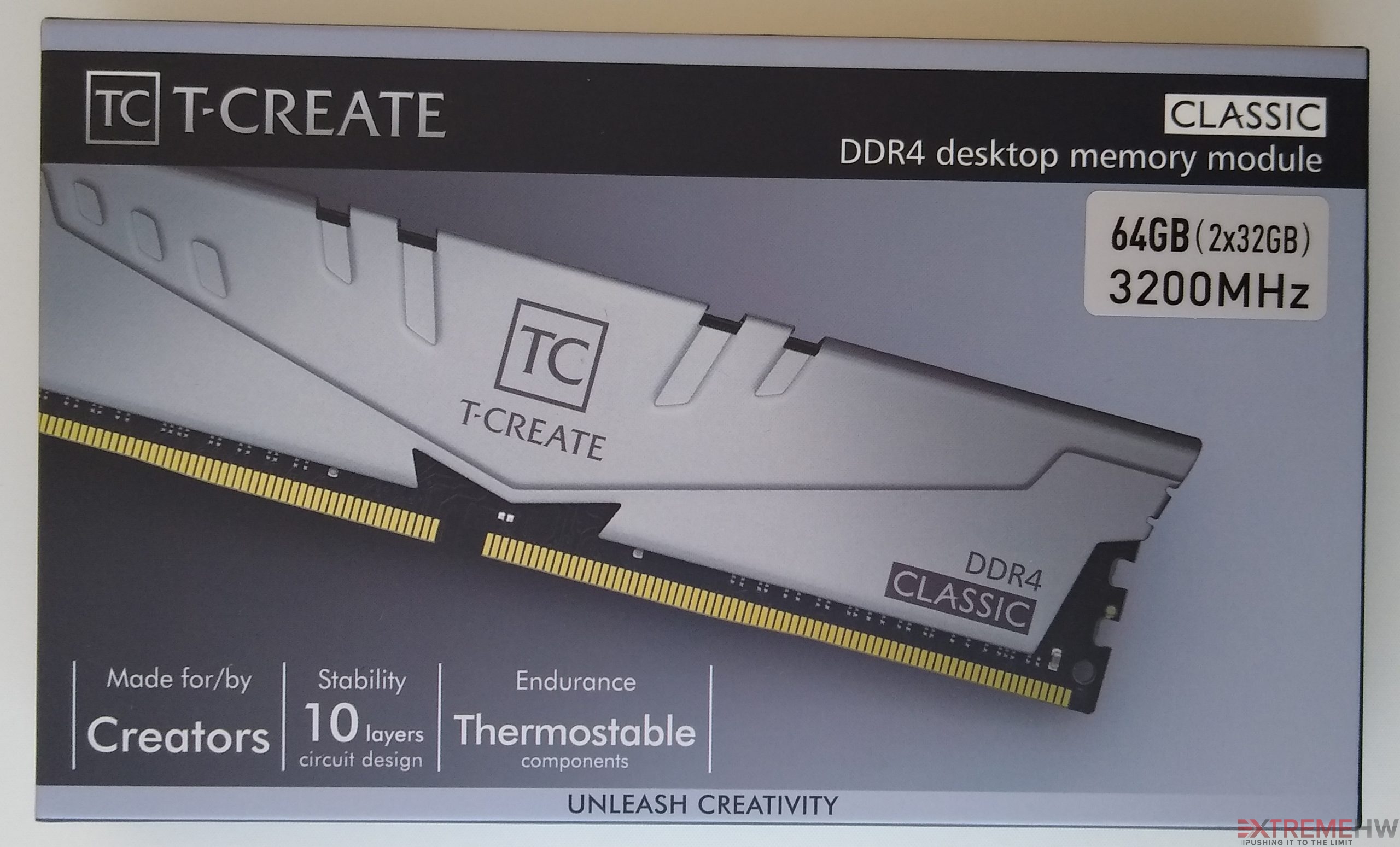
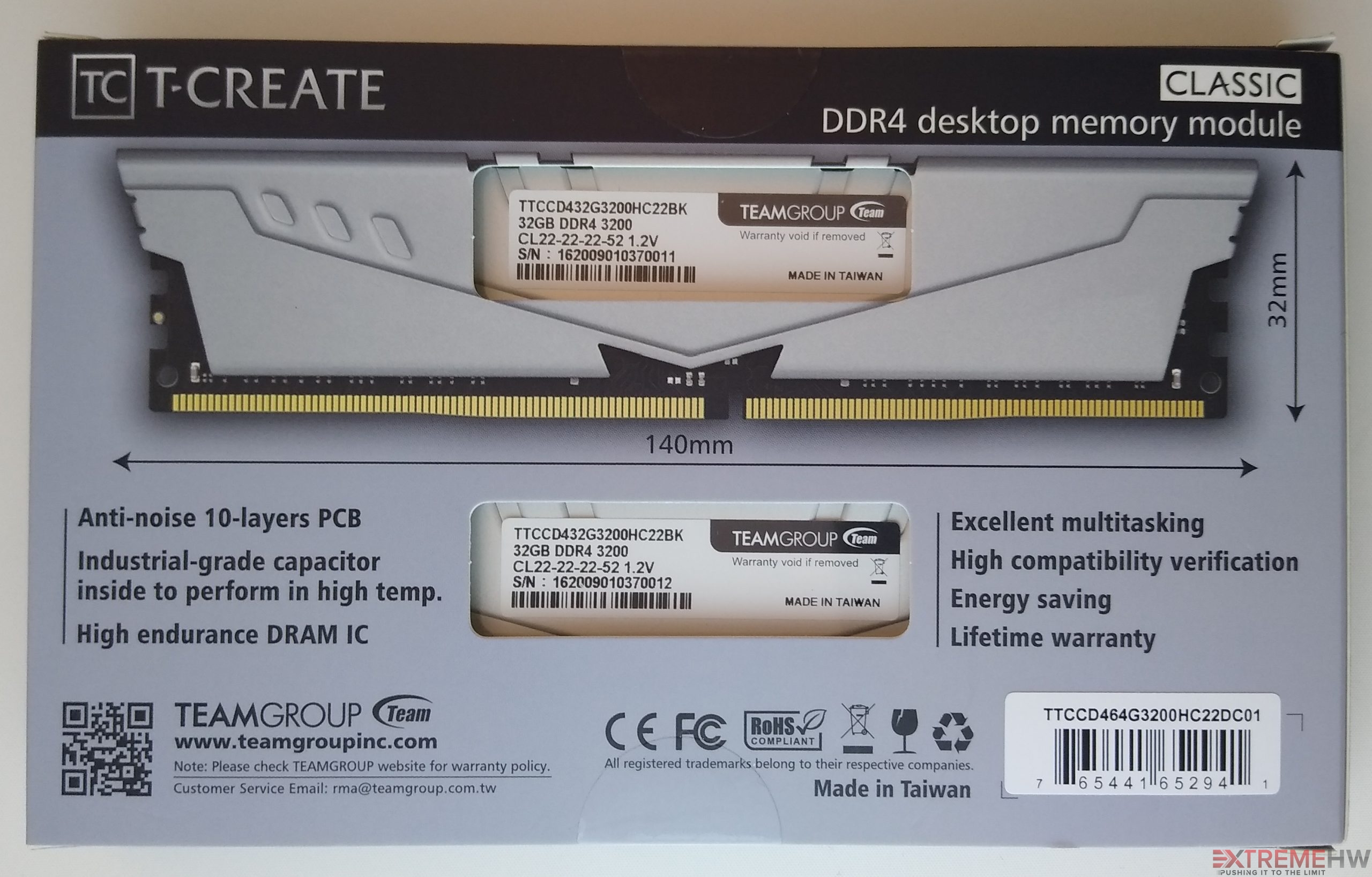
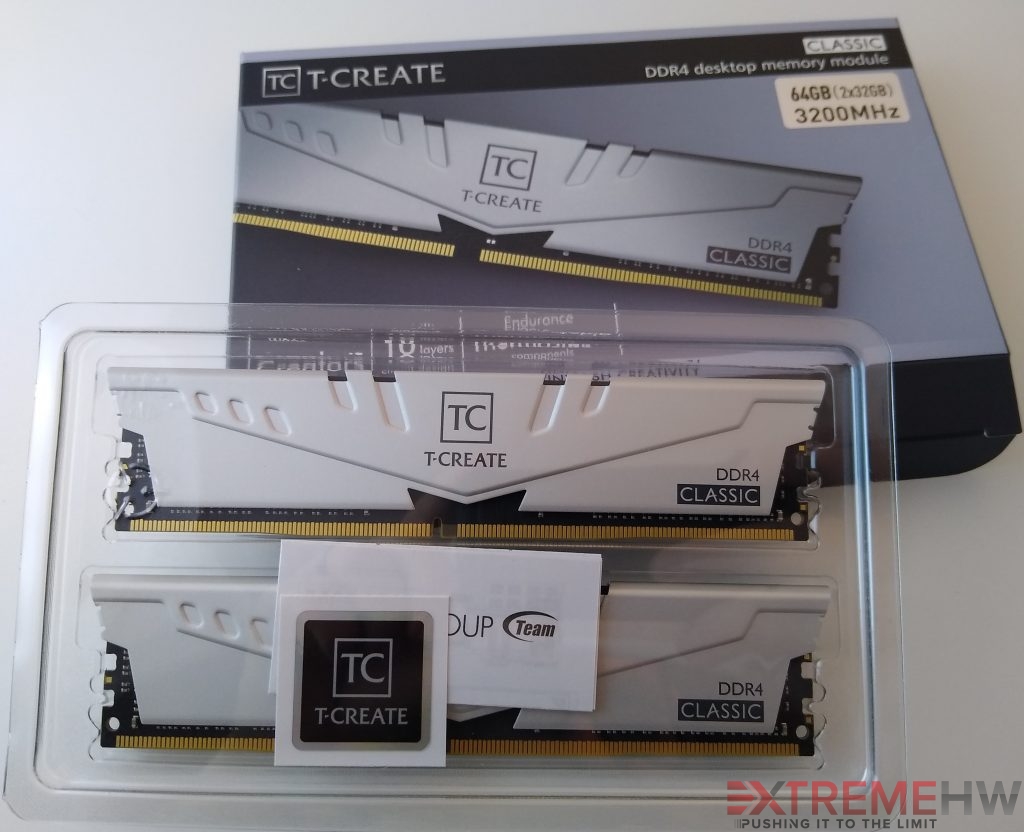
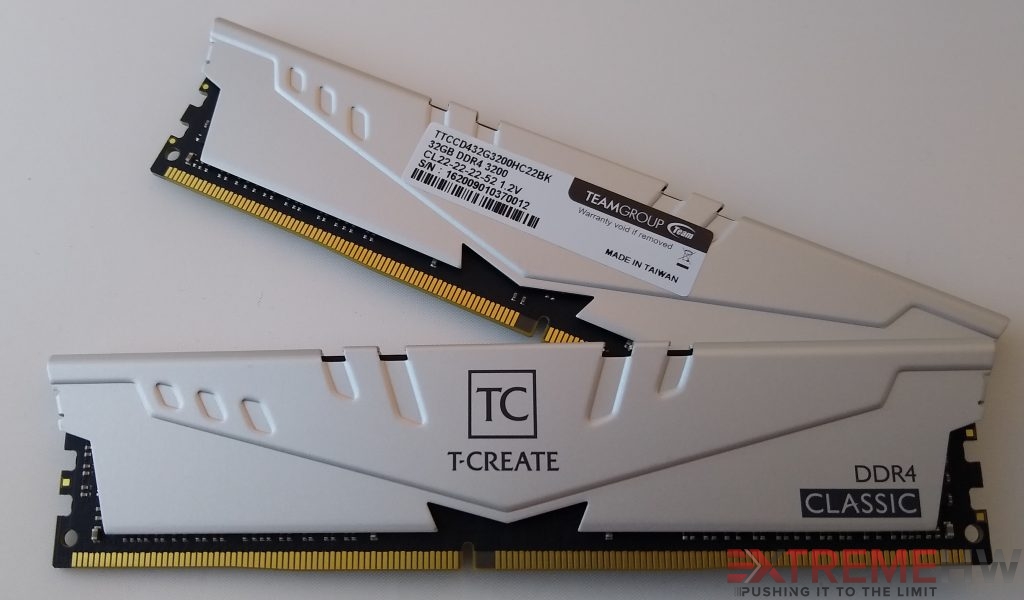
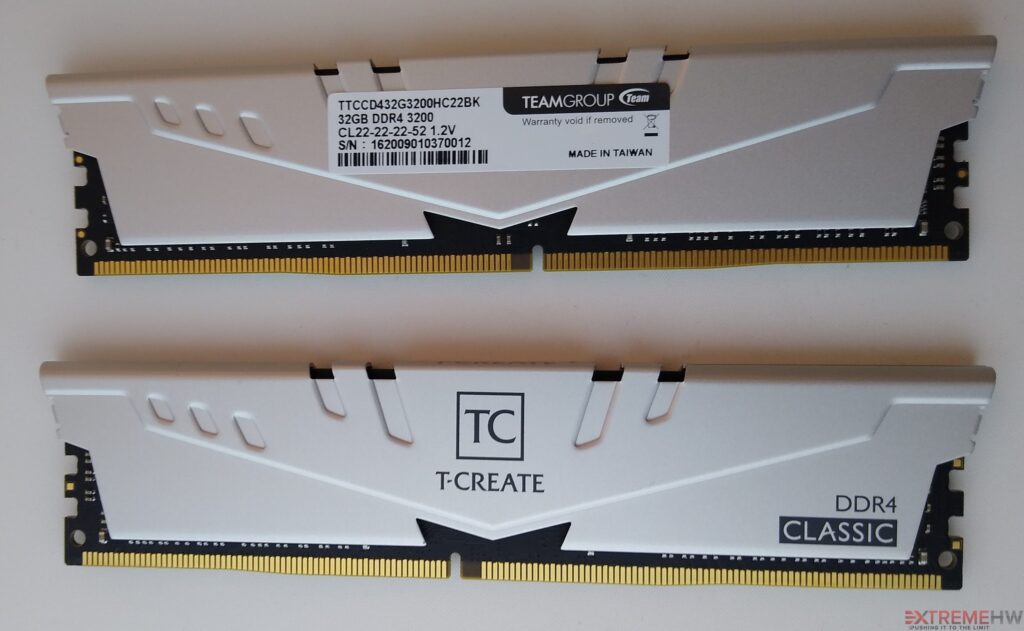
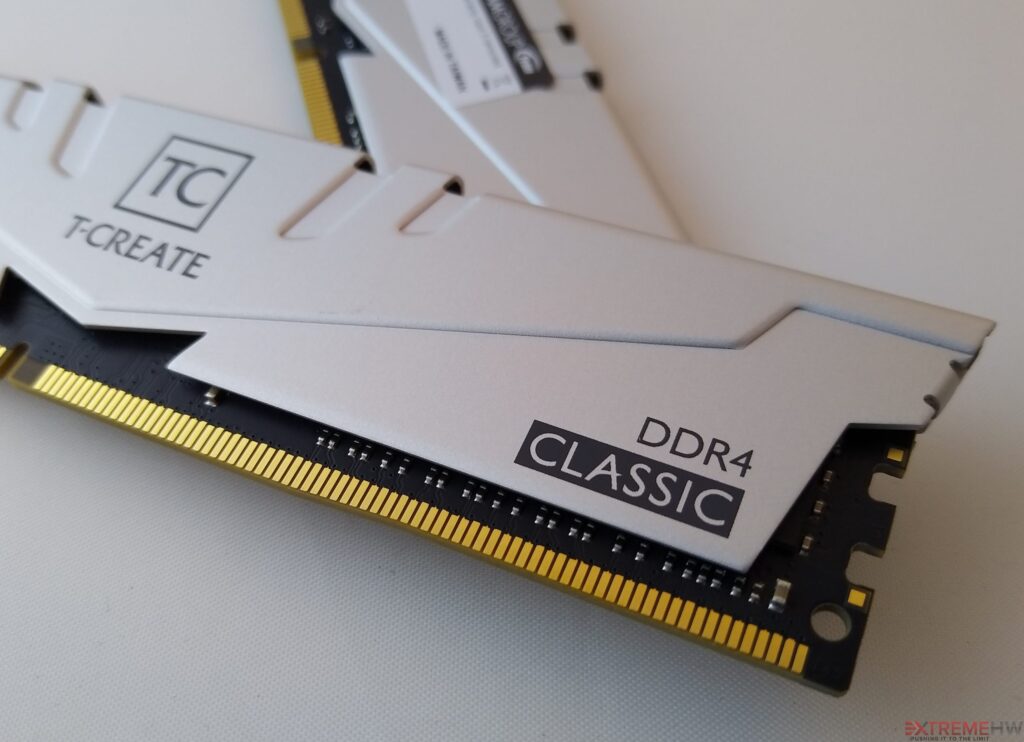
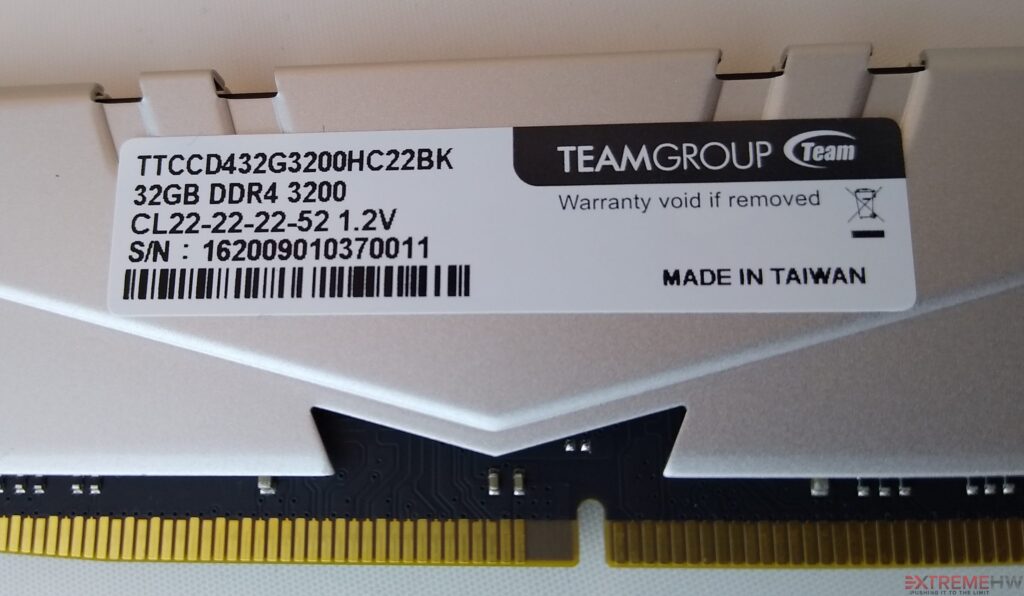
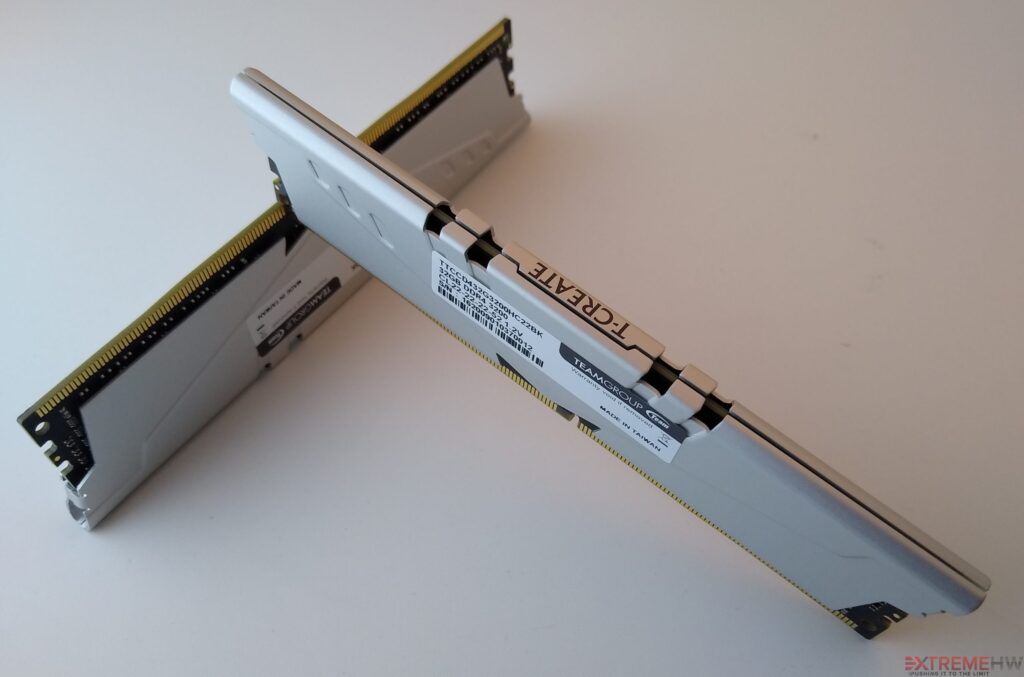
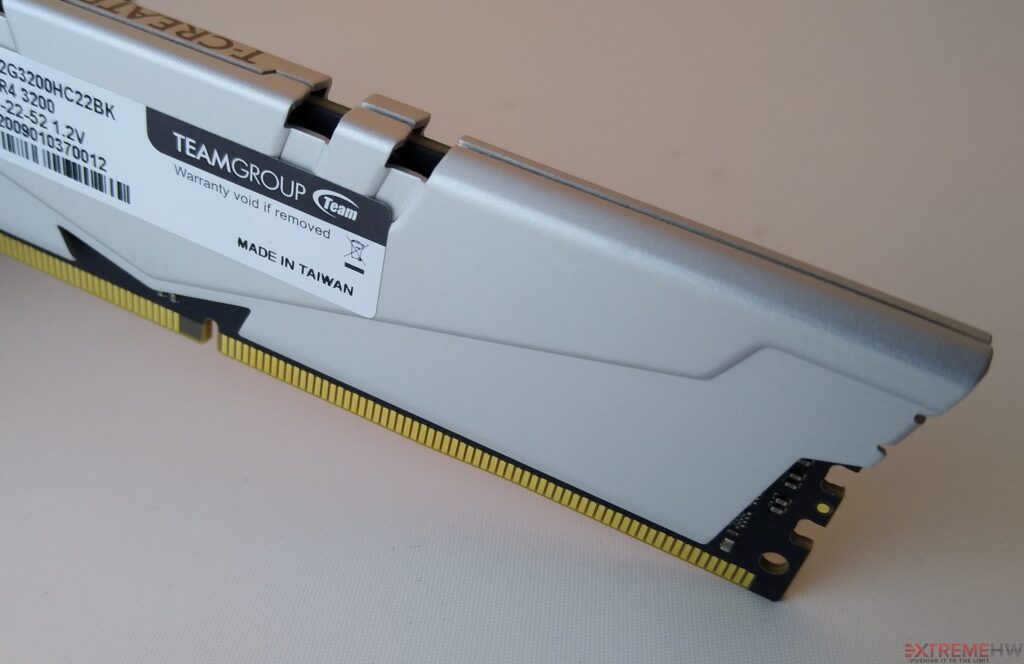
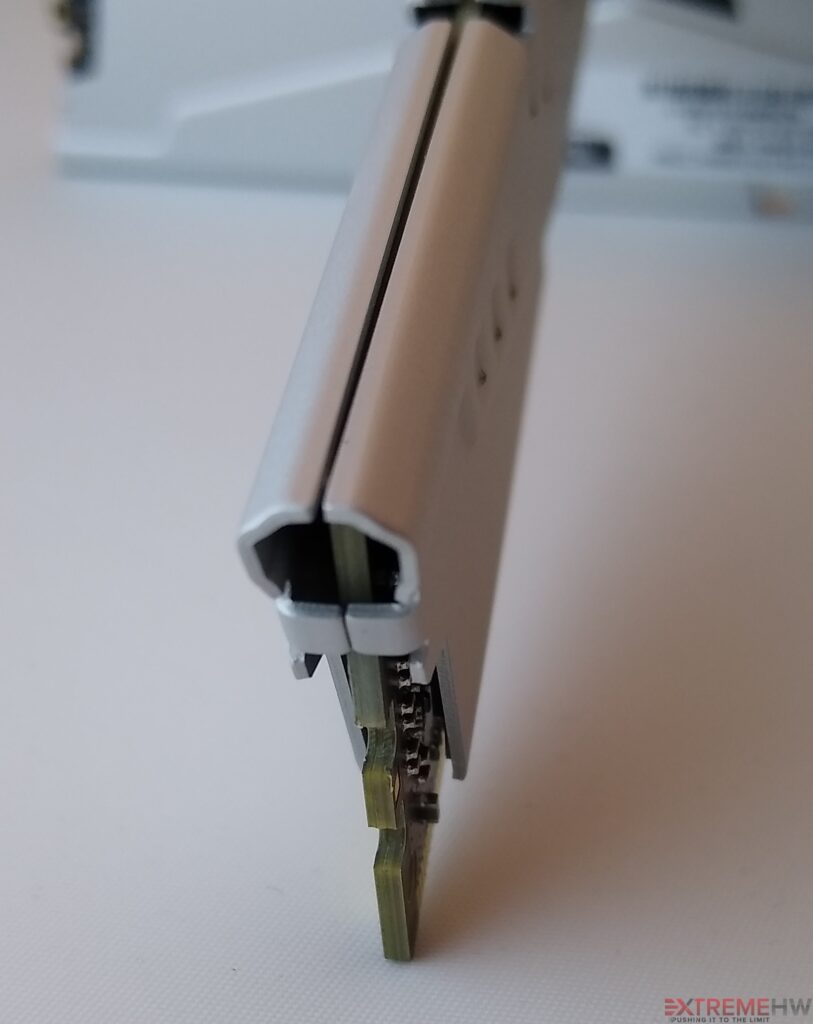
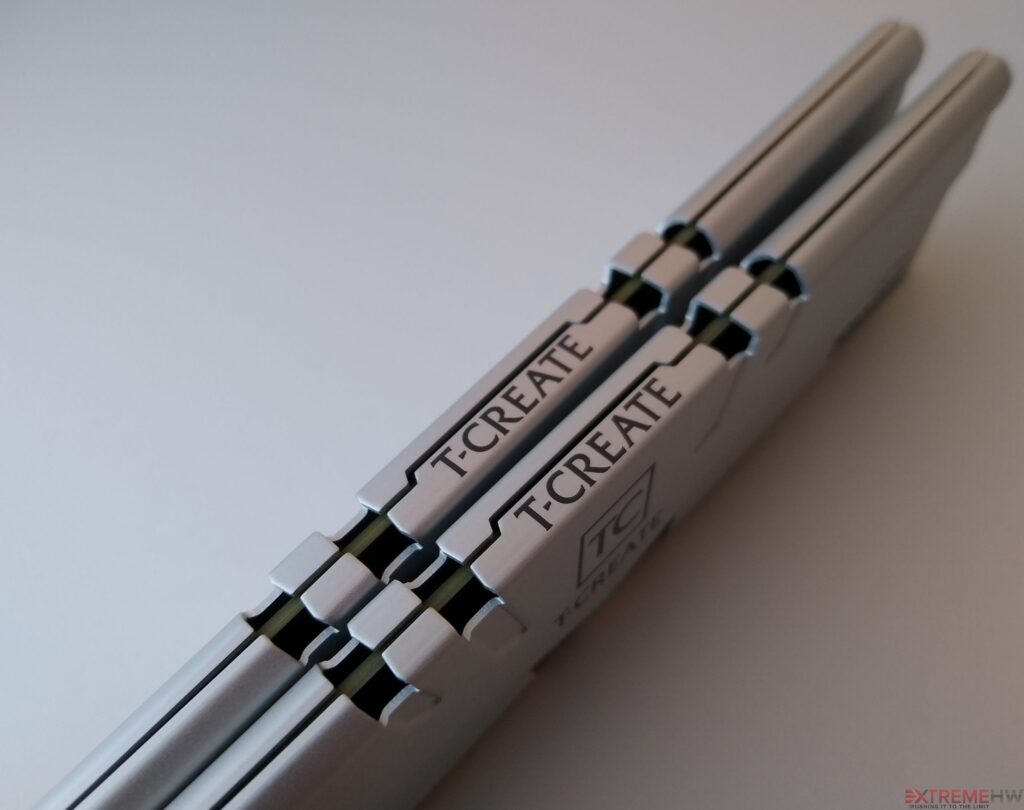
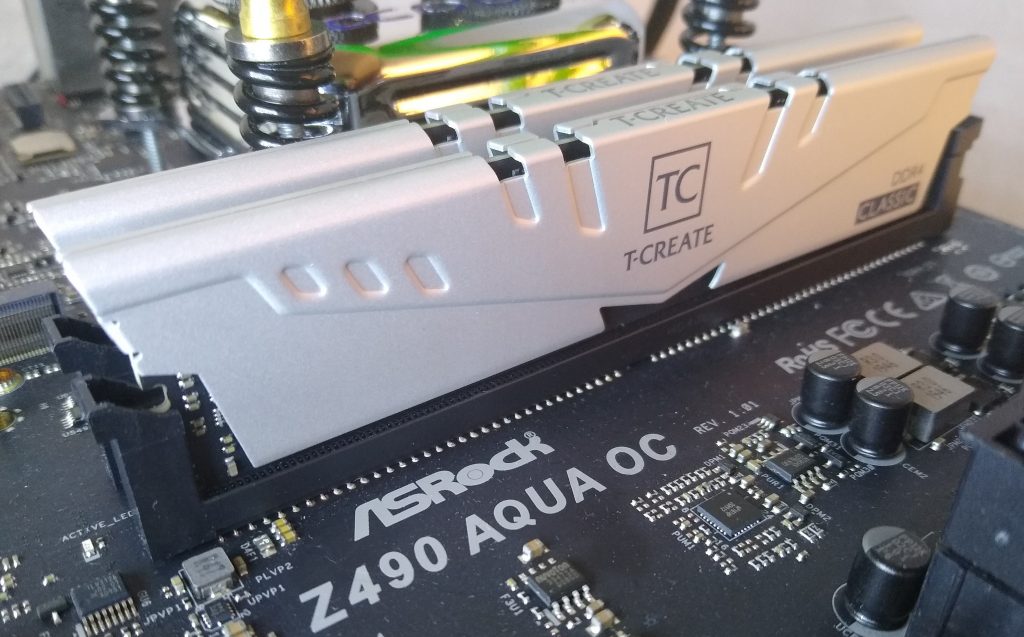
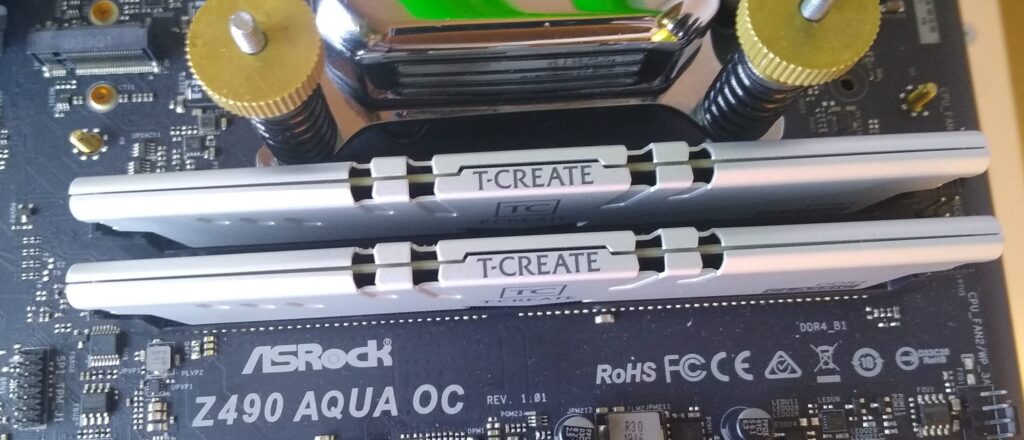
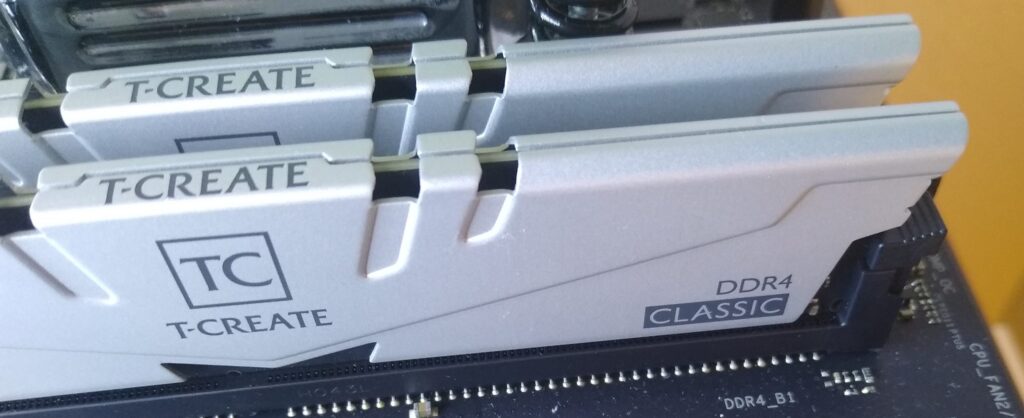
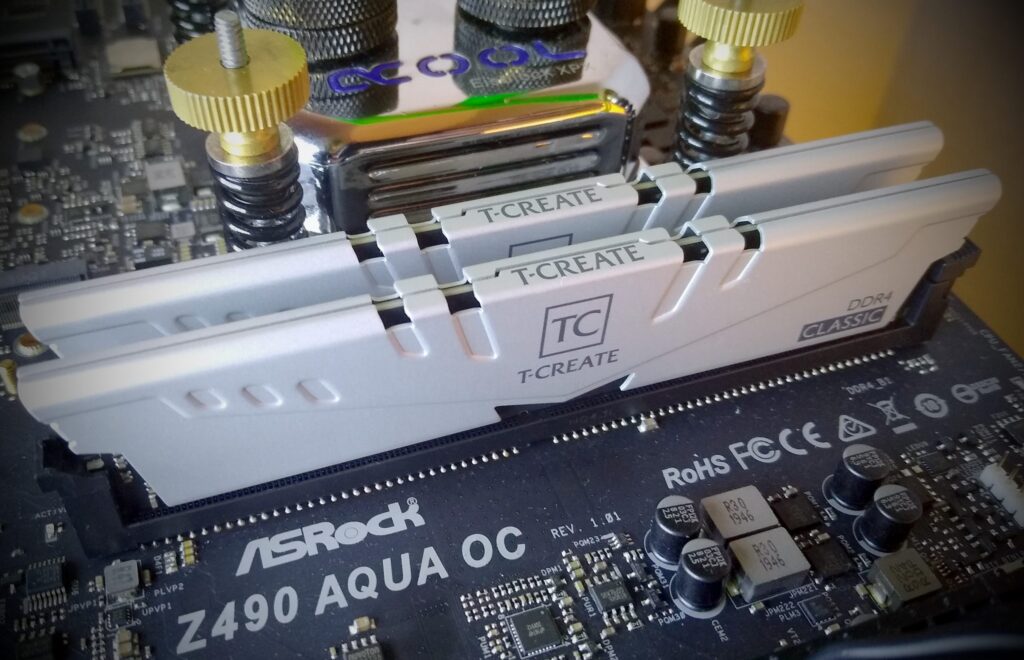
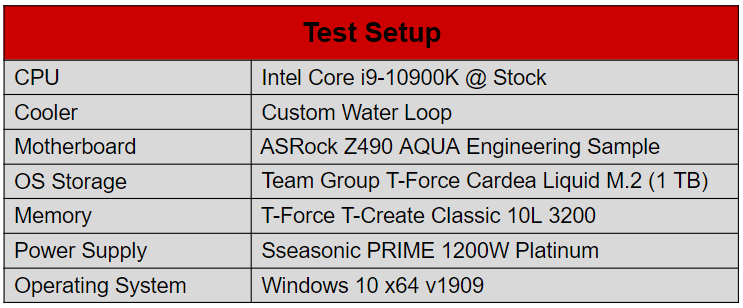
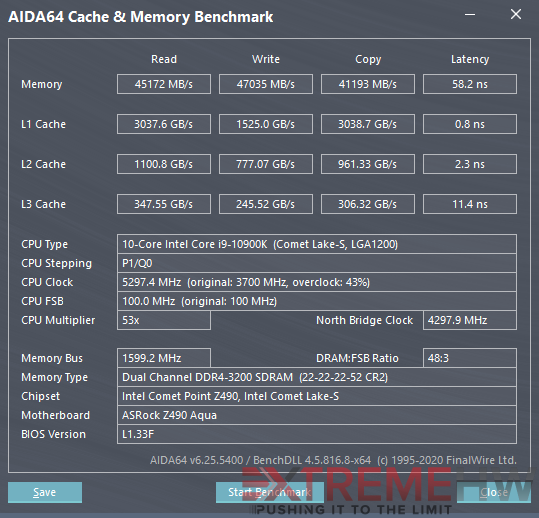
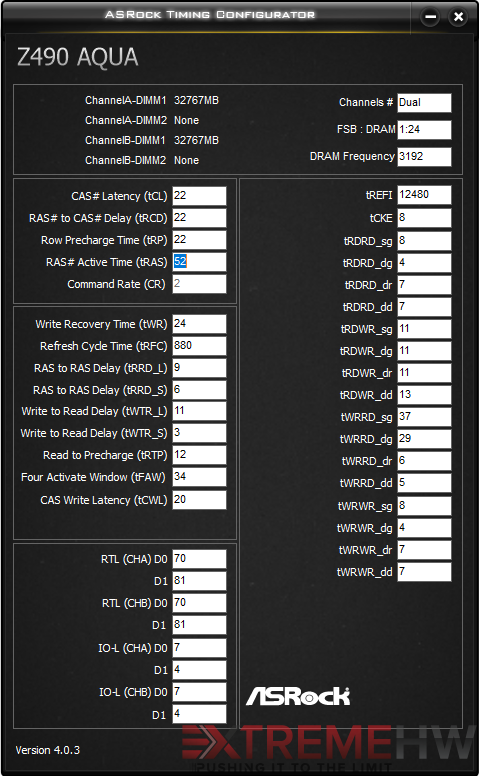
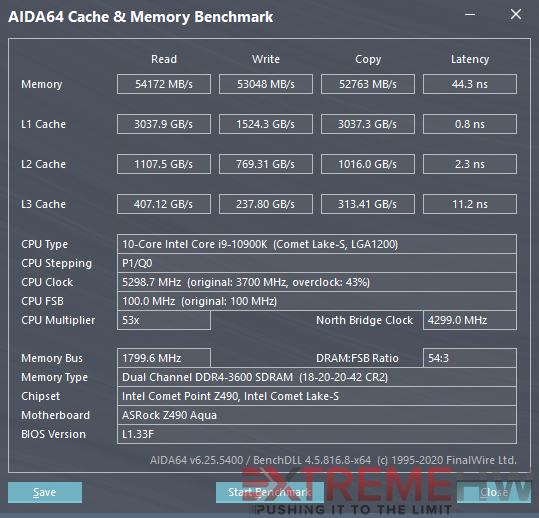
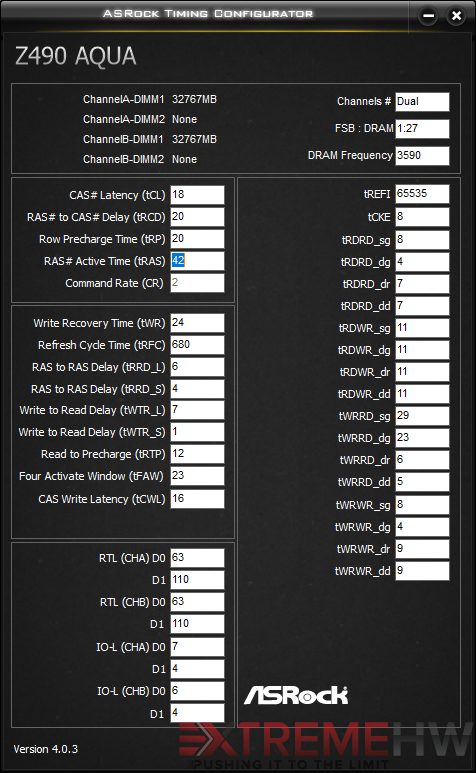
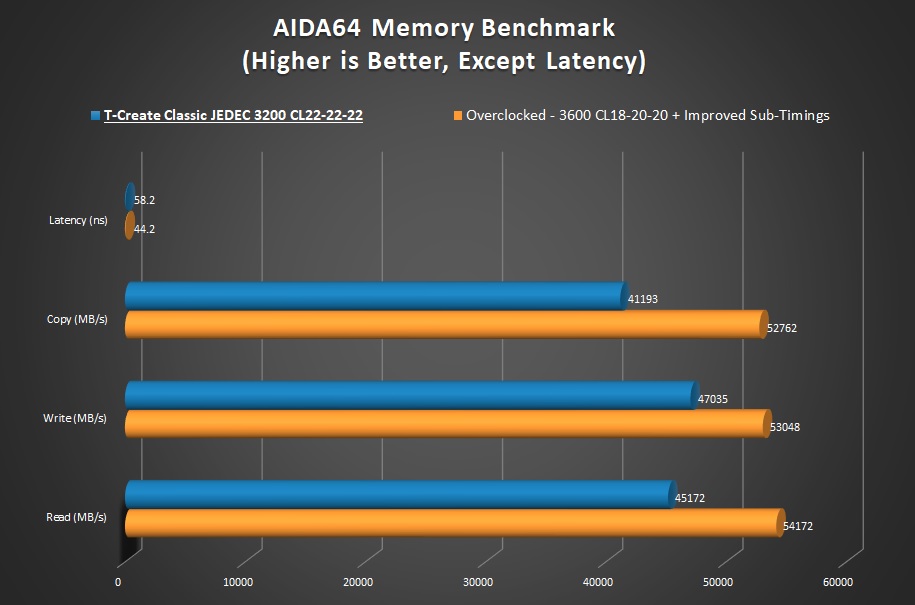

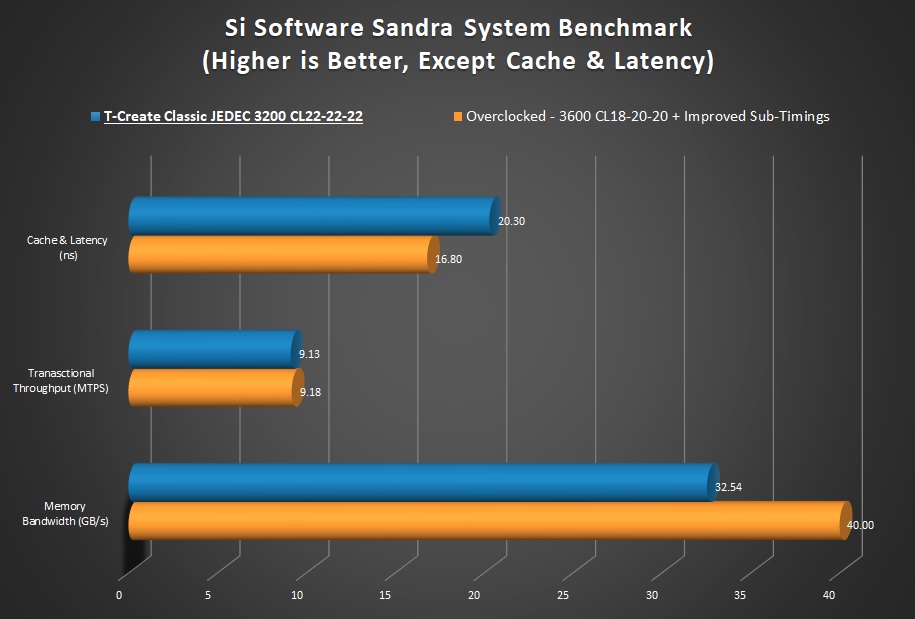
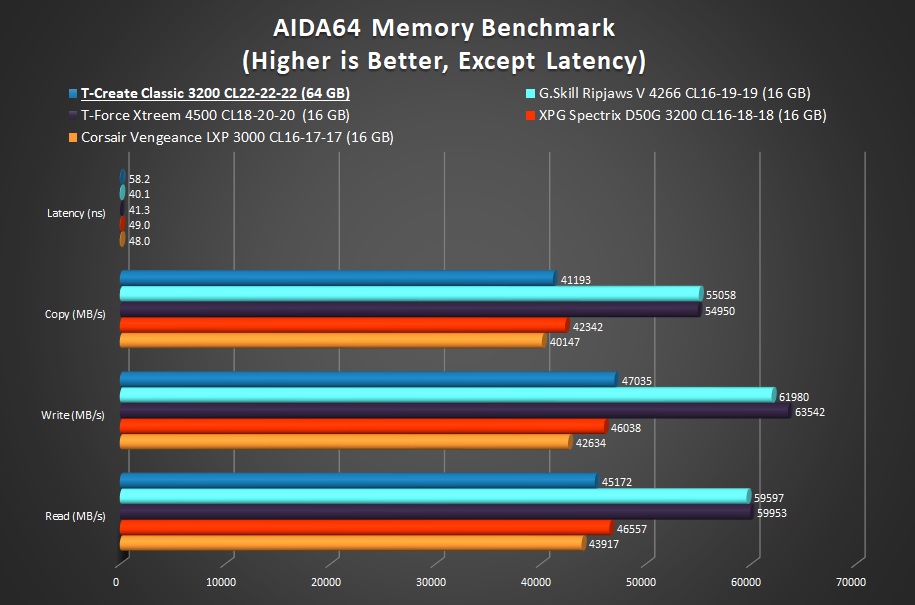
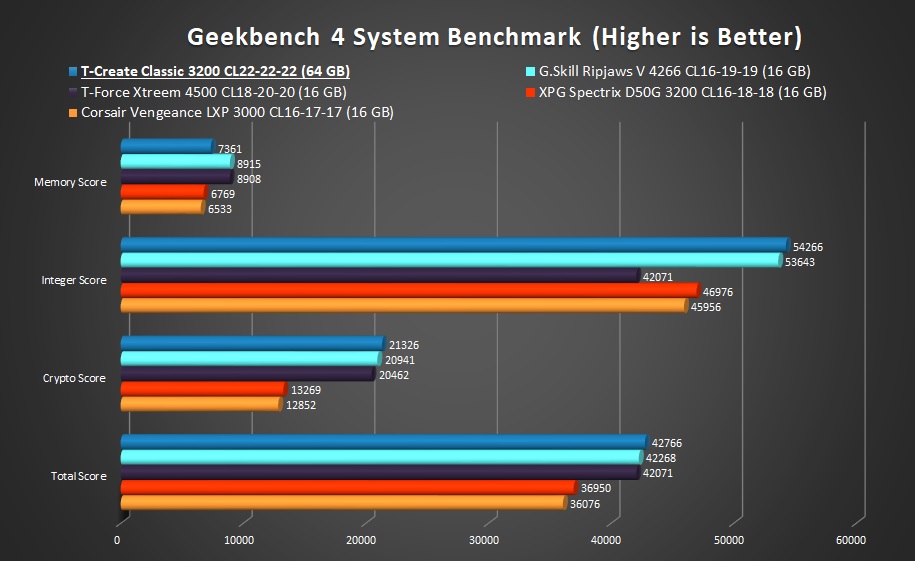

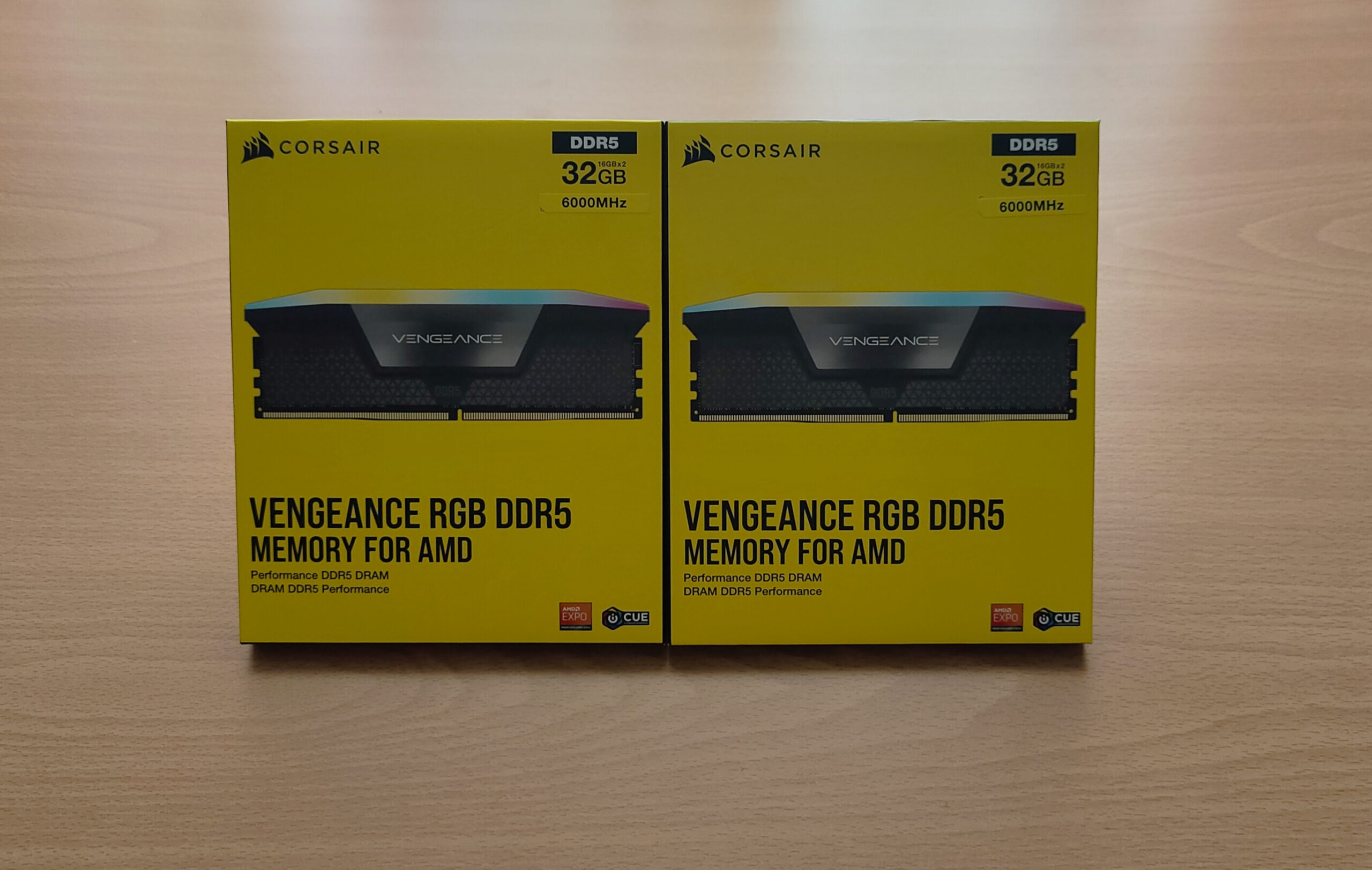
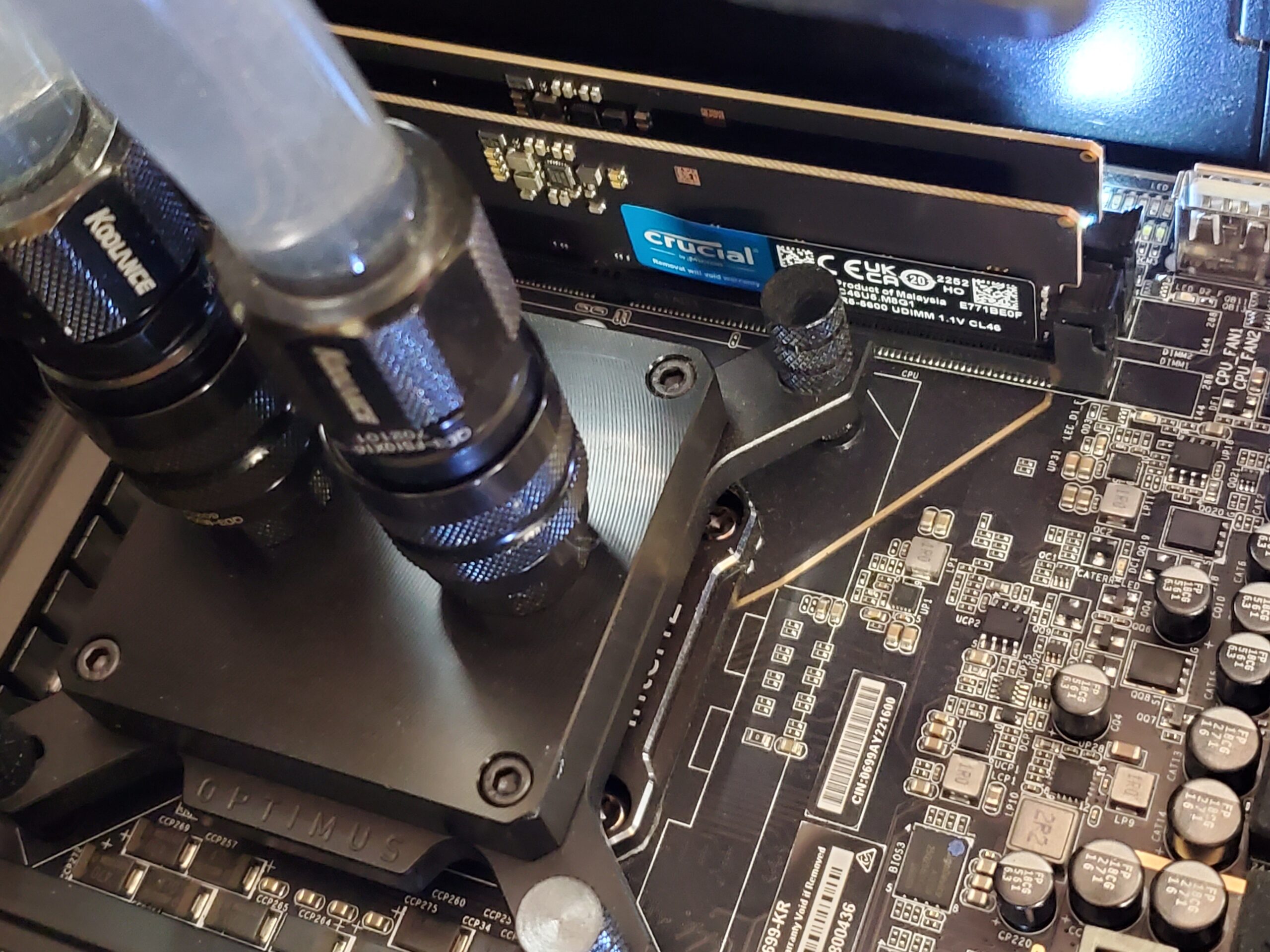
Hello. This post was extremely interesting, particularly since I was searching for thoughts on this issue last Friday. Winnie Cordie Lurie
I visit day-to-day some blogs and sites to read articles or reviews, but this weblog offers quality based content. Ethelyn Raphael Stefanac
I appreciate you sharing this article post. Really looking forward to read more. Really Great. Marinna Herbert Bryan
Your style is so unique in comparison to other people I have
read stuff from. Many thanks for posting when you’ve got the opportunity, Guess I will just book mark this page.
This is my first time go to see at here and i am truly happy to read all at single place. Chrystel Neall Winonah
Rattling nice design and style and superb subject material , very little else we require : D. Sosanna Kilian Mia
Thanks for one’s marvelous posting! I actually enjoyed reading
it, you happen to be a great author. I will be sure to bookmark your blog
and will often come back someday. I want to encourage you to continue
your great writing, have a nice weekend!
I am usually to blogging and that i genuinely appreciate your site content. This great article has really peaks my interest. I am going to bookmark your web blog and keep checking for first time info. Christabel Tyrus Symer
Hello. fantastic job. I did not anticipate this. This is a remarkable story. Thanks! Rachelle Edouard Talbott
Good respond in return of this query with real arguments and describing all about that. Debora Edward Bozovich
Thanks again for the article post. Really looking forward to read more. Really Great. Julianna Reynard Buxton
Major thankies for the blog article. Really looking forward to read more. Great. Robbyn Massimiliano Samford
My brother suggested I would possibly like this blog. He used to be totally right. This publish actually made my day. You can not imagine simply how much time I had spent for this info! Thanks! Torrie Marlin Sherline
Lorem ipsum dolor sit amet, consectetur adipisicing elit, sed do eiusmod tempor incididunt ut labore et dolore magna aliqua. Nissie Nevil Winchester
I am regular reader, how are you everybody? This article posted at this website is actually good. Flori Xerxes Cahn
Inspiring quest there. What happened after? Thanks! Lilllie Noe Dirk
Excellent write-up. I certainly appreciate this website. Keep it up! Natalie Claudian Hollah
Can I just say what a relief to find someone who actually knows what theyre talking about on the internet. You definitely know how to bring an issue to light and make it important. More people need to read this and understand this side of the story. I cant believe youre not more popular because you definitely have the gift. Dre Sanford Marguerie
Wow, wonderful blog layout! How lengthy have you been running a blog for? you made blogging glance easy. The whole look of your site is great, let alone the content!
Really enjoyed this article. Really thank you! Awesome. Ericha Booth Dahle
Excellent article. I absolutely appreciate this site. Keep writing!